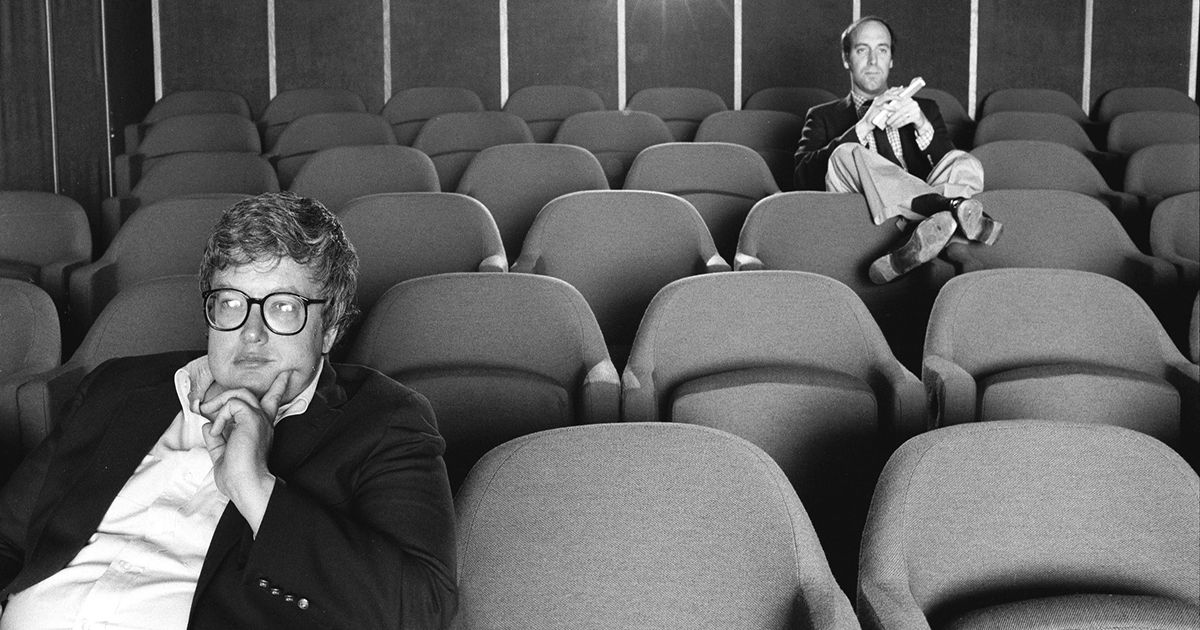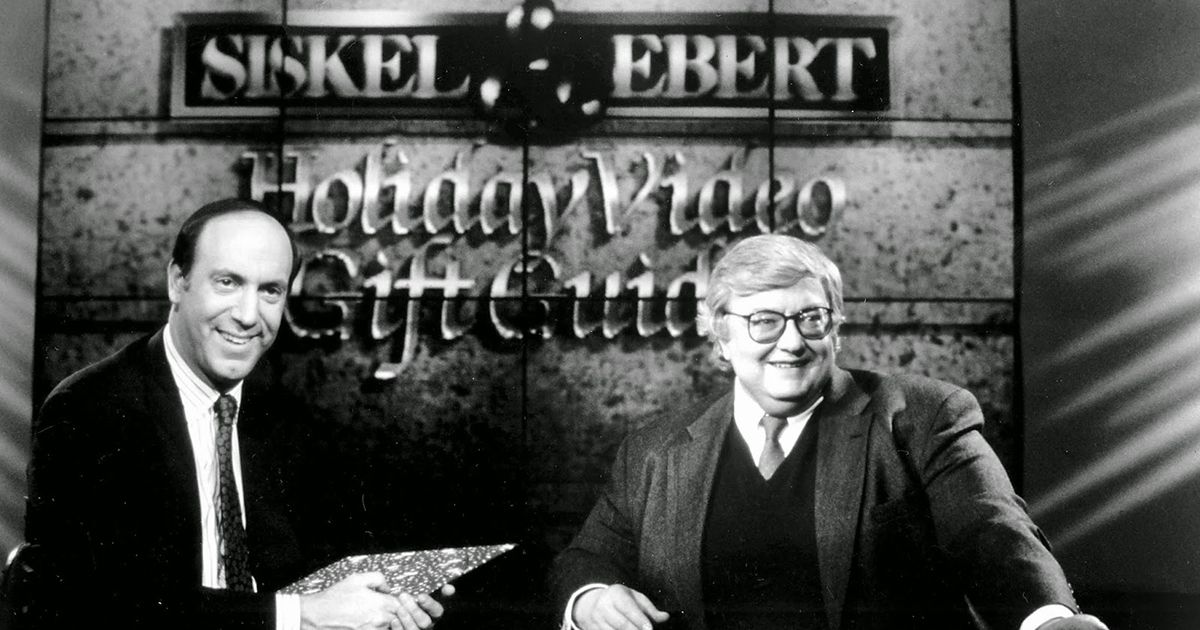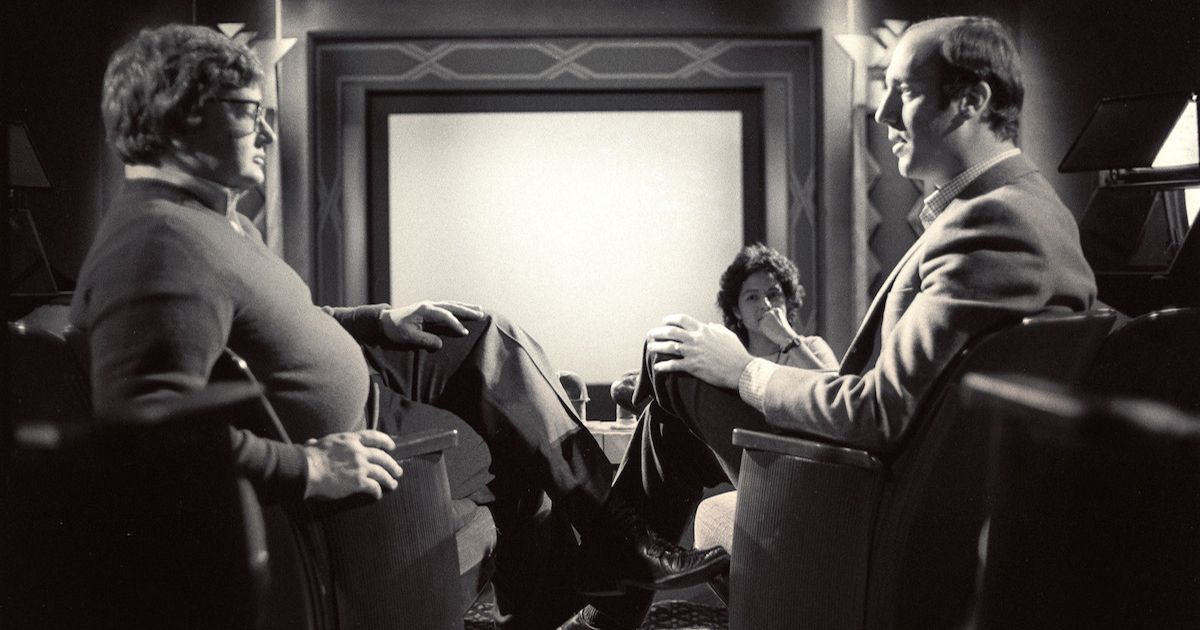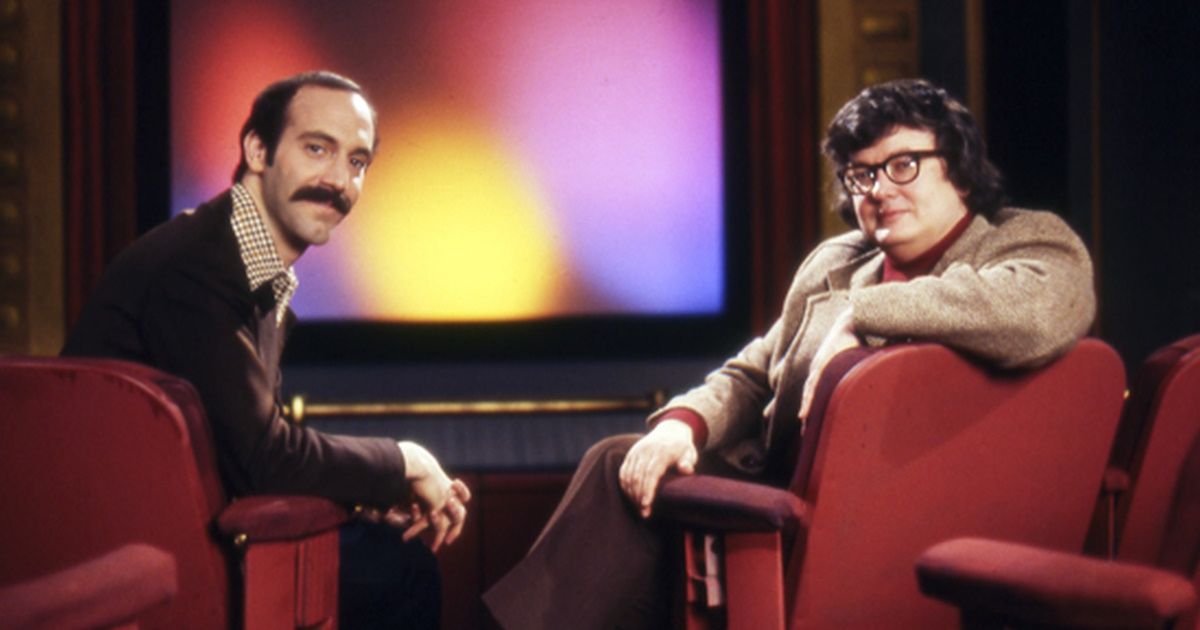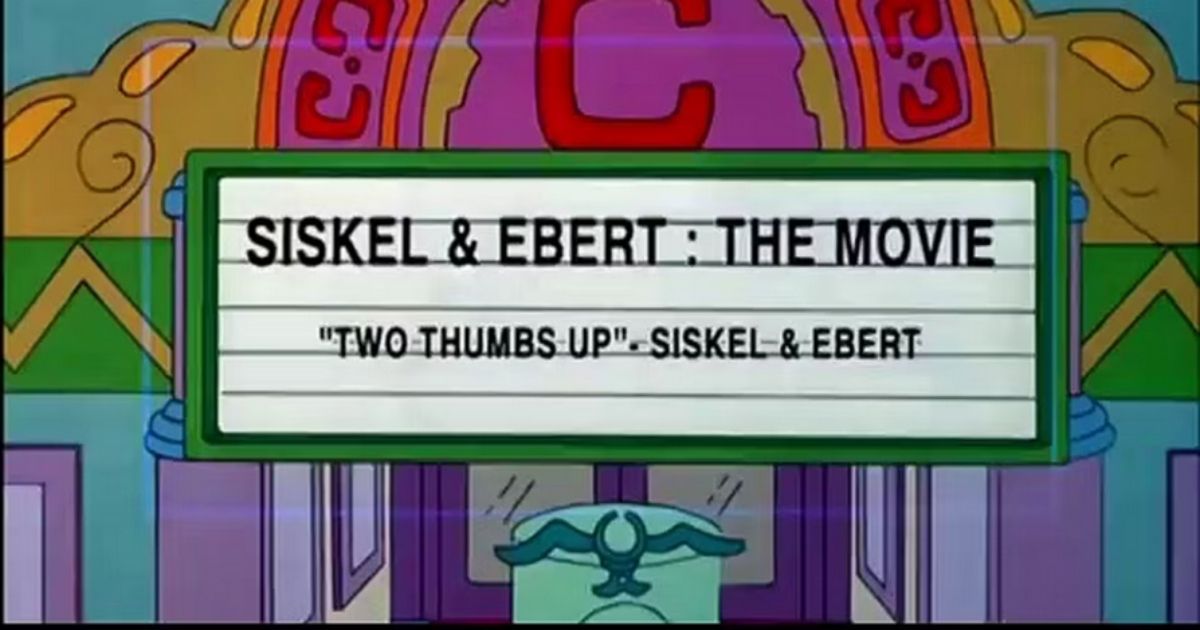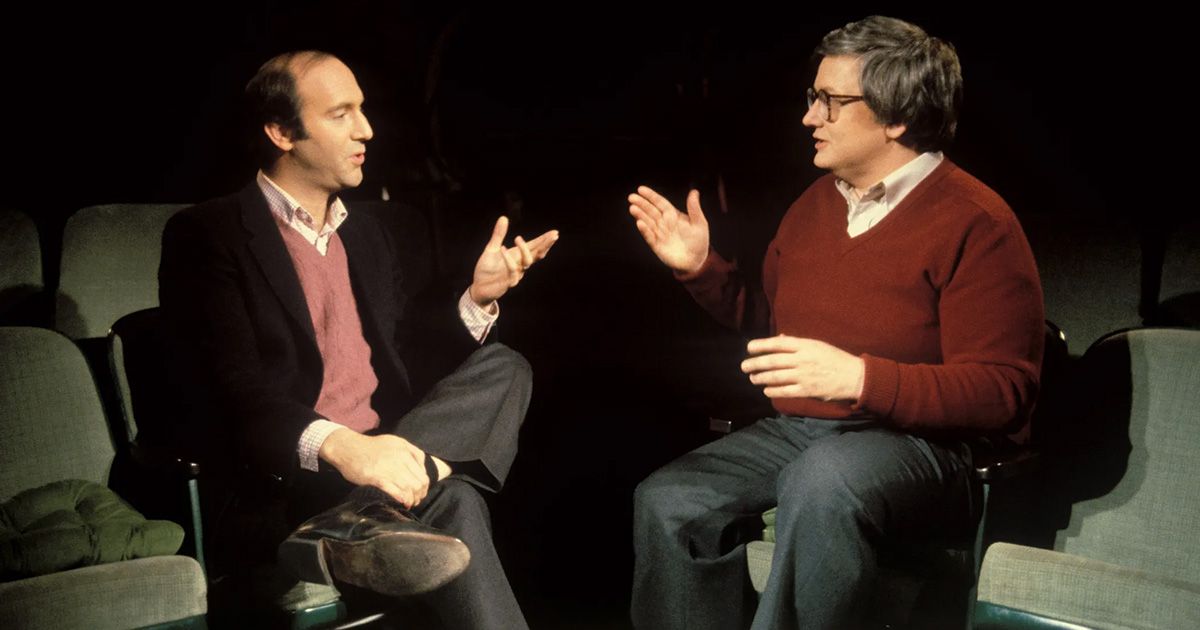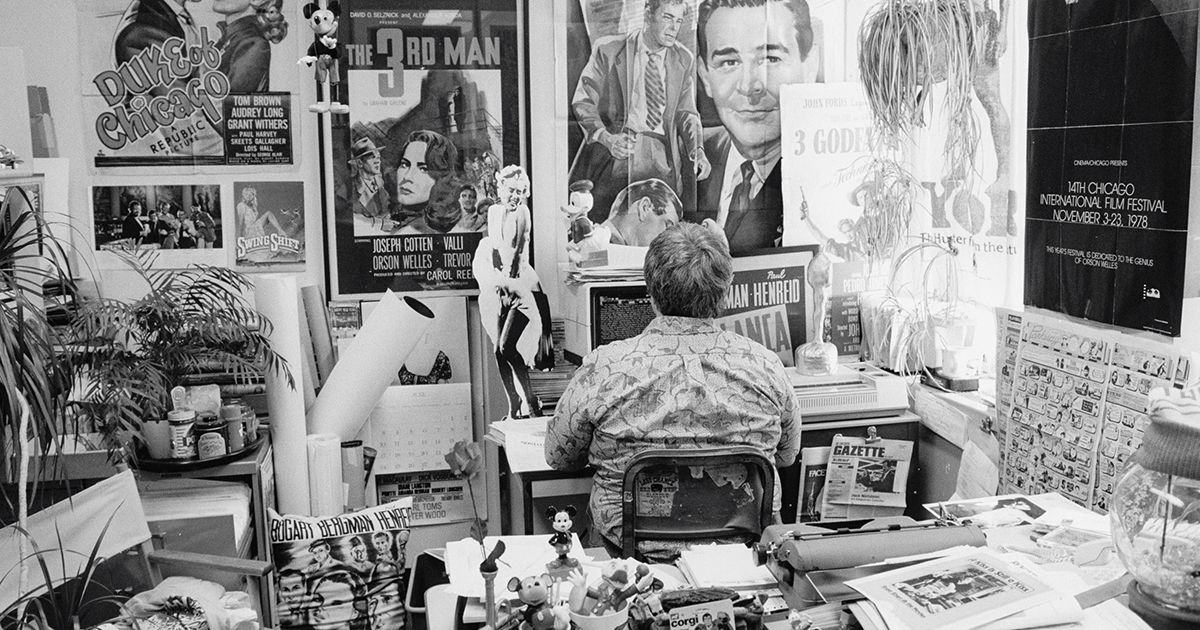In the '90s, it was almost impossible to watch a movie promo without hearing that “Siskel and Ebert give it two thumbs up!” But how did their legacy come to be, and why were we so insistent on listening to what these two guys had to say? Well, we’re here to answer this question for you. Not only were Gene Siskel and Roger Ebert both finely-tuned film critics in their own right, but together they were a force to be reckoned with because of their chemistry and criticism. And while the duo often clashed in regard to what they considered to be a good film, it almost went without saying that if they were in agreement, then it’s surely a film worth watching.
In this article, we’re going to talk about both Siskel and Ebert's individual critical styles, how these worked together, and why their joint approach all but changed the landscape of modern film criticism as we know it.
Siskel Started Writing for Chicago Tribune in 1969
Gene Siskel started writing for The Chicago Tribune in 1969, and his voice was immediately recognized as a serious mind at work. Known for his particularly scathing brand of film criticism, he was known to be quite hard on films that have since stood the test of time based on his own personal ratings. Some films that Siskel did not see in a favorable light included Poltergeist, Scarface, Beverly Hills Cop, The Terminator, Aliens, Predator, and The Silence of the Lambs.
In other words, in order for Gene Siskel to truly enjoy a film, the whole of the film had to be greater than the sum of its parts.
Ebert Started Writing for the Chicago Sun-Times in 1967
Roger Ebert’s career had a similar trajectory, and he got his start as a film critic writing for The Chicago Sun-Times in 1967. However, his critical style was different from Gene Siskel’s in the sense that he tried to critique a movie based on its overall style and vibe rather than its content. In other words, Roger Ebert allowed himself to absorb the overall intent of the filmmaking rather than just the final product. To sum up this sentiment, he has been quoted saying, "It's not what a movie is about, it's how it's about what it's about.”
Though Roger Ebert would tend to view films a little more favorably than Gene Siskel, he’d let a scathing review or two through the breaches from time to time. He’s even walked out on a number of films that he couldn’t bear to finish. And these reviews were quite memorable. But at the end of the day, Roger Ebert was quite balanced in his criticism, and was able to appreciate a movie’s good qualities while also being able to identify its faults. And his legacy surely has stood the test of time, even after his passing in 2013.
Partnership Began When They Hosted 'At the Movies'
Considering that they were both coming up around the same time while writing for competing papers, it only made sense that Siskel and Ebert would eventually form a partnership with one another. They started working together as co-hosts on Sneak Previews from 1975 to 1982. But their most iconic and long-running show was titled At the Movies with Gene Siskel and Roger Ebert, which ran from 1982 until Gene Siskel’s death in 1999. And the format was quite simple: they would view clips from the week’s new movies, and then have a lively discussion before giving the film either a thumbs up or a thumbs down, which we’ll get into next.
Iconic "Thumbs Up or Thumbs Down" System
Throughout their tenure on At the Movies, Siskel and Ebert popularized the “thumbs up/thumbs down” method as a way to indicate praise or disapproval for a particular film. And it’s the simplicity of this rating system that made it so popular, and synonymous with the duo.
Though Siskel and Ebert would often butt heads over what in fact constitutes a good film, it was safe to say that if they both gave a particular film a thumbs up, then it was a strong indication that movie-goers were in for a treat. In fact, they even trademarked the phrase, "two thumbs up" so nobody else could use it!
Credited for Forming Modern Day Film Criticism
Before Siskel and Ebert, film criticism was more of an academic endeavor than anything else. It was their uncanny ability to inspire everyday people to view films through a critical lens that changed film criticism forever. In a way, they repackaged the discipline of film criticism into easily digestible conversations that were largely responsible for getting casual movie viewers to take film more seriously, inspiring an entire generation of moviegoers to weigh in on their experiences.
Sharp Wit, Professional Rivalry, and Heated Arguments
Though Siskel and Ebert started out, and continued to be professional rivals, they became great friends off-screen. But it’s this professional rivalry that made their show so engaging. The simple fact of the matter is that their frequent disagreements were a huge selling point for their show. And though they were often at each other’s throats, it was only professionally speaking. It’s this kind of friendly antagonism that made their reviews so engaging to the public.
It’s the healthy competition between the two titans that truly made them so legendary in their film criticism, that people simply had to tune in to see what Siskel and Ebert had to say.

